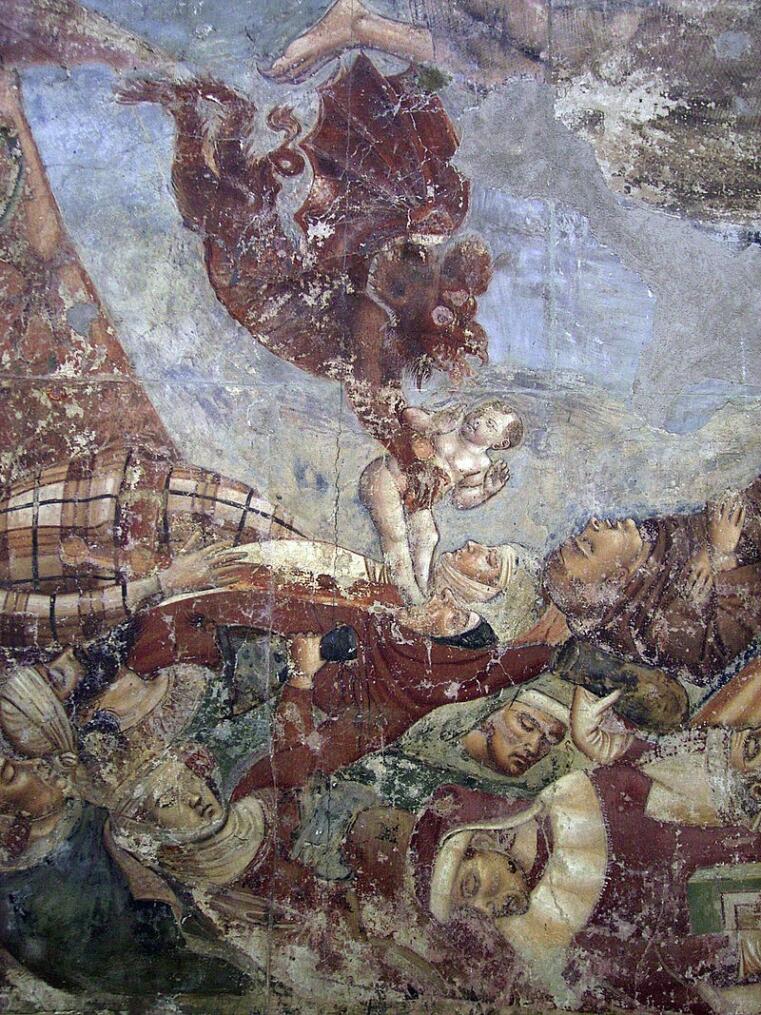The literary visualization of the invisible and the hidden in Boccaccio’s depiction of the plague
By Pia Claudia Doering
Epidemics confront people with diverse phenomena of invisibility: the virus itself is invisible to the human eye, and nor can we immediately identify the pathways and mechanisms involved in its spread. The threat posed by an epidemic must therefore be communicated: through figures and statistics, through graphics and images, such as those of overcrowded hospital wards or of military vehicles carrying large numbers of coffins.

The visual arts and literature have at their core particular means of making the invisible visible. They invent images, comparisons, metaphors, and allegories for the abstract and unimaginable – for example, for time, love, death, and transcendence. How powerfully literary texts can make the invisible danger of an epidemic visible is shown by Boccaccio’s depiction of the plague in his Decameron. A language rich in images, vivid comparisons, examples and details show the reader how the city of Florence falls victim to the plague: Boccaccio vividly describes how the disease appears through signs on the body, such as plague buboes and black spots, which are interpreted as a sure sign of approaching death. And even if the pathogen cannot be seen, it is nonetheless literally in the air: it is filled with the stench of corpses, of the sick, and of medicines, so that, on leaving their homes, people carry flowers, herbs and spices in front of them. The rapid spread of the disease is made clear in the Decameron by being compared to fire, which ignites what is dry or has been soaked in oil. The fact that the disease is not only transmitted from person to person, but that objects can also be infectious is illustrated by the example of two pigs that, having rooted with their paws and snout in the rags of a deceased person, then soon show signs of poisoning before dropping dead.
However, the literary text not only shows what the human eye cannot see by nature. It also reveals what should remain hidden for political reasons. Contemporary Italian chronicles show that the authorities tried to keep the high death figures secret in order to maintain public order and also to conceal how official measures were failing, with the Florentine chronicler Giovanni Villani (1280-1348) reporting in his Nuova Cronica, for example, that the ringing of the death knell was prohibited, as was the public announcement of funerals. Also, with the exception of widows, no one was allowed to wear mourning. In a counter-movement to the concealment of illness, death and pain, Boccaccio imagines the gaze of someone roaming the poorer parts of Florence in the early morning, and seeing the countless corpses lying in front of the house entrances to be picked up a short time later with stretchers and then placed in mass graves, “like goods are piled on top of each other on ships” (“come si mettono le mercatantie nelle navi a suolo a suolo”, Introduzione 42). The comparison points not only to the dehumanization in the face of mass death, but also to the economic interests of the city of Florence, which dictate that the dangers of the plague epidemic be hidden.

